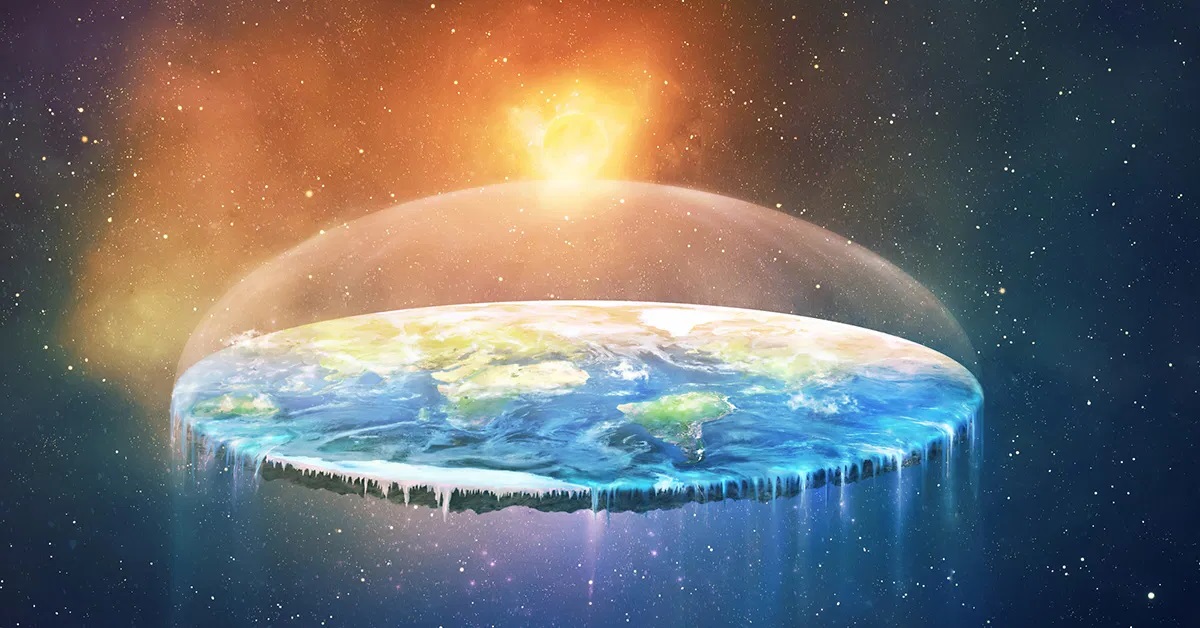
Ever wondered why hurricanes spin differently in the Northern and Southern Hemispheres? It's all thanks to the Coriolis Effect. This fascinating phenomenon affects everything from weather patterns to ocean currents. Named after French scientist Gaspard-Gustave de Coriolis, it describes how Earth's rotation influences the movement of fluids like air and water. Imagine throwing a ball straight across a spinning merry-go-round; the ball appears to curve. That's the Coriolis Effect in action! Understanding this can help explain why planes need to adjust their paths and why trade winds blow the way they do. Ready to dive into 19 intriguing facts about this natural force? Let's get started!
Key Takeaways:
- The Coriolis Effect influences weather, ocean currents, aviation, and even everyday activities. It's like Earth's invisible force shaping the world around us.
- From hurricanes to ocean currents, the Coriolis Effect is like Earth's secret ingredient, impacting everything from weather patterns to missile trajectories.
What is the Coriolis Effect?
The Coriolis Effect is a fascinating phenomenon that affects the movement of objects on a rotating planet. It plays a crucial role in meteorology, oceanography, and even aviation. Let's dive into some intriguing facts about this effect.
-
The Coriolis Effect is named after French scientist Gaspard-Gustave de Coriolis, who described it in 1835.
-
It causes moving objects to deflect to the right in the Northern Hemisphere and to the left in the Southern Hemisphere.
-
This effect is due to Earth's rotation, which creates a difference in velocity at different latitudes.
-
The Coriolis Effect is zero at the equator and increases towards the poles.
Impact on Weather Patterns
The Coriolis Effect significantly influences weather patterns, affecting wind and storm systems globally. Here are some key facts about its impact on weather.
-
It is responsible for the rotation of large-scale weather systems like hurricanes and cyclones.
-
Trade winds, which blow from east to west in the tropics, are influenced by the Coriolis Effect.
-
Jet streams, fast-flowing air currents in the upper atmosphere, are also shaped by this phenomenon.
-
The Coriolis Effect helps create the distinct spiral shape of cyclones and anticyclones.
Influence on Ocean Currents
Ocean currents are another area where the Coriolis Effect plays a vital role. These currents impact climate and marine life. Let's explore some facts about this influence.
-
The Coriolis Effect causes ocean currents to curve, creating gyres in the world's oceans.
-
The Gulf Stream, a powerful Atlantic Ocean current, is influenced by this effect, affecting the climate of nearby regions.
-
Upwelling, a process where deep, nutrient-rich water rises to the surface, is impacted by the Coriolis Effect.
-
The Antarctic Circumpolar Current, the world's largest ocean current, is driven by this phenomenon.
Effects on Aviation and Ballistics
The Coriolis Effect isn't just limited to natural phenomena; it also affects human activities like aviation and ballistics. Here are some interesting facts.
-
Pilots must account for the Coriolis Effect when planning long-distance flights to ensure accurate navigation.
-
Artillery and missile trajectories are influenced by this effect, requiring adjustments for precise targeting.
-
The Coriolis Effect is considered in the design of long-range shooting sports and military operations.
Everyday Examples
While the Coriolis Effect is often discussed in scientific contexts, it also has some everyday implications. Let's look at a few examples.
-
The myth that water drains in different directions in toilets and sinks depending on the hemisphere is largely exaggerated, but the Coriolis Effect does influence large-scale water movements.
-
Foucault pendulums, which demonstrate Earth's rotation, are affected by the Coriolis Effect, showing a shift in their oscillation plane.
-
Weather apps and forecasts rely on models that incorporate the Coriolis Effect to predict wind patterns and storm paths.
-
The Coriolis Effect is even considered in the design of large-scale engineering projects like bridges and tunnels to ensure structural stability.
The Coriolis Effect in Everyday Life
Understanding the Coriolis Effect helps explain many natural phenomena. From the swirling patterns of hurricanes to the way ocean currents move, this force plays a crucial role. Pilots and sailors rely on it for navigation, ensuring they reach their destinations accurately. Even sports like long-distance shooting consider the Coriolis Effect to hit their targets precisely.
Knowing these facts can deepen your appreciation for how our planet works. It’s fascinating to see how something invisible can have such a significant impact on our daily lives. Next time you watch a weather report or see a plane flying overhead, remember the Coriolis Effect is at play.
So, whether you're a student, a weather enthusiast, or just curious, these insights into the Coriolis Effect can enrich your understanding of the world around you.
Frequently Asked Questions
Was this page helpful?
Our commitment to delivering trustworthy and engaging content is at the heart of what we do. Each fact on our site is contributed by real users like you, bringing a wealth of diverse insights and information. To ensure the highest standards of accuracy and reliability, our dedicated editors meticulously review each submission. This process guarantees that the facts we share are not only fascinating but also credible. Trust in our commitment to quality and authenticity as you explore and learn with us.
